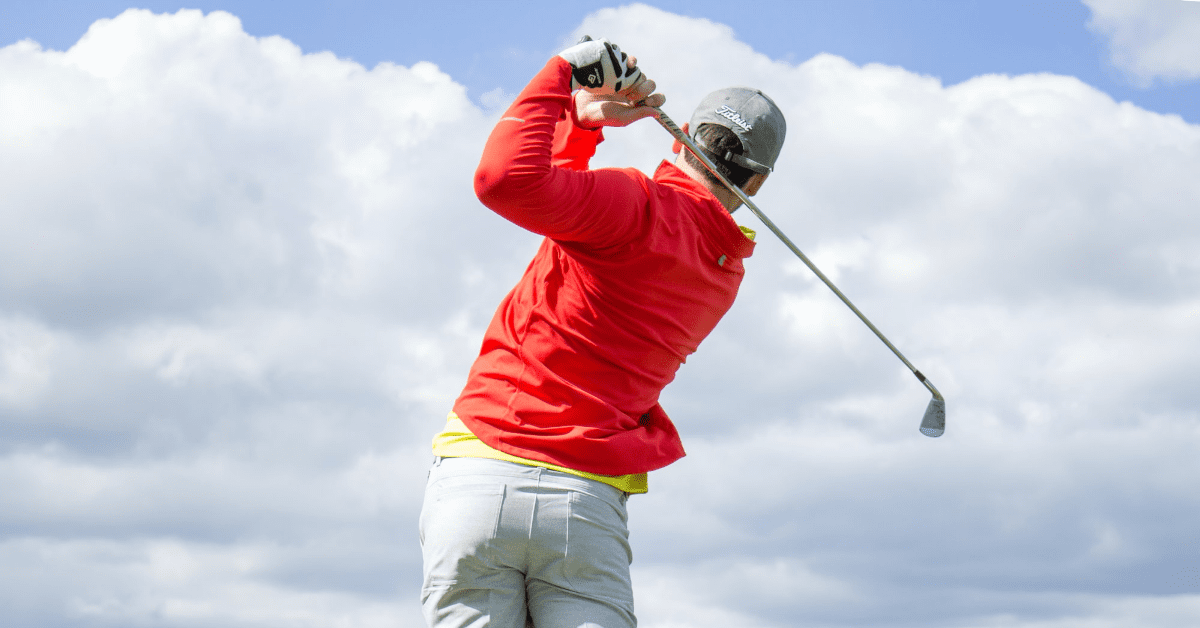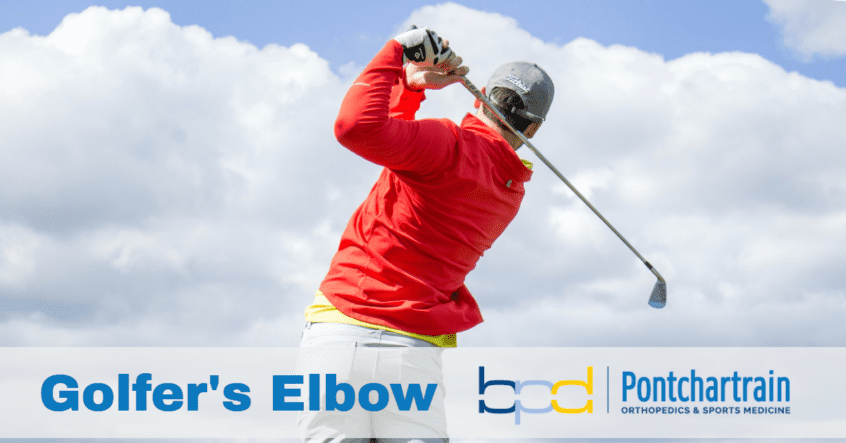
What is Golfer’s Elbow?
What are the symptoms of Golfer’s Elbow?
One of the most common symptoms of golfer’s elbow is pain from the elbow to the wrist along the palm side of the forearm. The pain can worsen with certain repetitive movements and can come on gradually or suddenly.
Other symptoms of golfer's elbow include:
- Stiffness in the elbow
- Weakness in your hand or wrist
- Difficulty gripping objects
- Numbness or tingling in one or more fingers
Symptoms usually arise from doing a repetitive action for more than an hour on a daily basis.
How is Golfer’s Elbow treated?
Golfer’s elbow treatment options depend on the severity of your pain and the length of time you have had the condition. In order to diagnose you, Dr. Donnelly will take into consideration many factors including your medical history, recreational activities, and your personal risk factors. Some of the risk factors that may be considered are if you are forty years or older, obese, or a smoker.
During the exam, Dr. Donnelly may ask you to bend your wrist against resistance while resting your arm on the table palm side up. He may also order imaging tests, such as X-rays or an MRI of the elbow, to rule out other conditions. Once a diagnosis is reached, he will prescribe the appropriate treatment which can either be non-surgical or surgical.
Non-Surgical Treatment Options
The immediate goal can be to decrease pain, renew strength, restore flexibility, and promote healing without surgery. Dr. Donnelly may choose to use several of the available options in treating your injury.
Activity Modification
Slowing down or stopping pain producing activities helps speed up recovery.
Bracing
A removable brace supports the forearm muscles and tendons.
Nonsteroidal Anti-inflammatory Drugs (NSAIDs)
Over-the-counter and prescription medications that are used to decrease inflammation and pain.
Physical Therapy
Passive and active physical therapy treatments may be used to decrease inflammation and pain, and improve muscle flexibility and strength.
Corticosteroid Injections
Fast acting, powerful anti-inflammatory medication can be administered via injected directly into the inflamed area.
Surgical Treatment Options
It is rare that surgery is needed for Golfer’s Elbow. Surgery would be indicated if the symptoms do not respond from treatment and persist past six to twelve months. If surgery is needed you have two options.
Open Surgery
Dr. Donnelly will make an incision over your injured tendon and shave away the unhealthy part of the tendon. The tendon will either be stitched to other tendons or repaired with a suture anchor. The incision is closed with stitches at the end of the surgery.
Arthroscopic Surgery
After Dr. Donnelly makes one or two small incisions, he will insert an arthroscope (a thin tube with a tiny camera and light on the end) and watch the monitor attached to the camera. Using the same method as open surgery he will attempt to repair the injured tendon. Some of the benefits of this type of surgery versus open is less postoperative pain, faster healing time, and lower infection rate.

